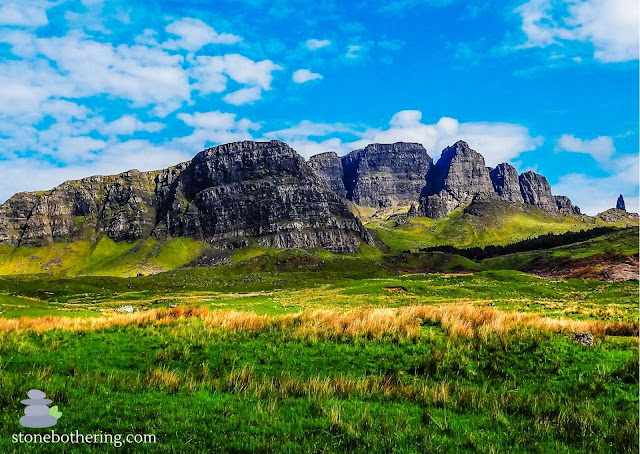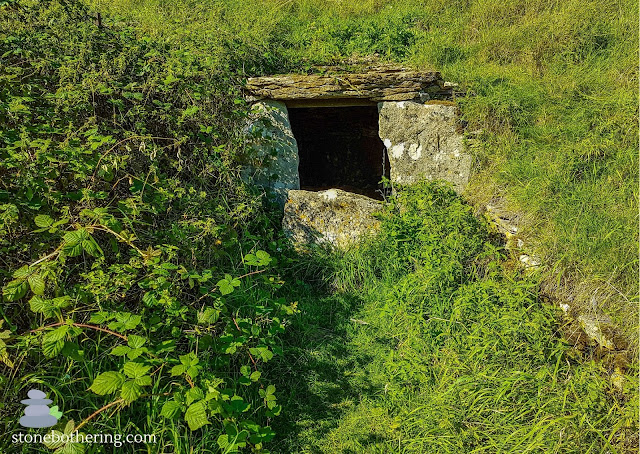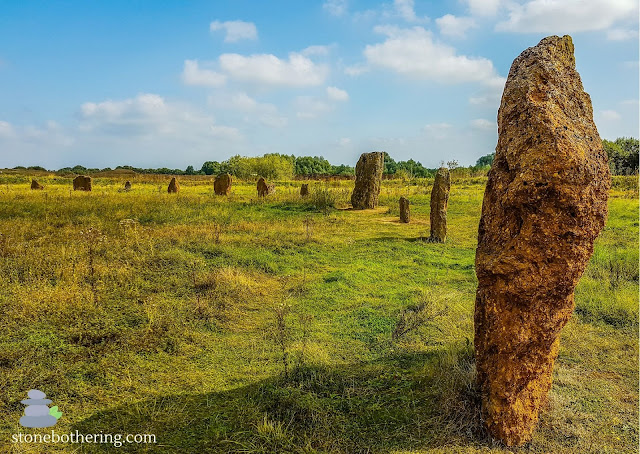The Geological Wonders of Scotland
Scotland is home to some of the most breathtaking natural landscapes in the world, and its geological features are no exception. From towering cliffs to ancient rock formations, the country’s dramatic scenery tells the story of millions of years of geological history. Whether you're a geology enthusiast or just someone who loves exploring nature's wonders, Scotland offers a variety of stunning geological sites worth visiting. In this blog post, we’ll take you on a journey through some of the most spectacular geological wonders Scotland has to offer.
THE STORR: A MAJESTIC ROCK FORMATION ON THE ISLE OF SKYE
The Storr is one of Scotland’s most iconic geological landmarks. Famous for its towering rock pinnacles, the Storr offers a striking example of an ancient volcanic landscape. The rocks here are remnants of a massive landslide that occurred around 60 million years ago, leaving behind jagged formations that rise sharply from the surrounding landscape.
The hike to the top of The Storr is a popular activity for visitors, providing stunning views over the island’s rugged terrain and the distant waters of the Sound of Raasay. As you climb, you’ll pass through unique rock formations like the Old Man of Storr, a particularly famous spire-like pinnacle that dominates the skyline.
KILT ROCK: NATURE'S OWN TARTAN PATTERN
Kilt Rock is another geological wonder on the Isle of Skye. This unique cliff face is named after its resemblance to a pleated kilt, with vertical columns of basalt rock creating a striking tartan-like pattern. The rock formations here were formed by volcanic activity millions of years ago when molten lava cooled into vertical columns, creating the appearance of pleats in a kilt.
At the base of Kilt Rock, you’ll find the beautiful Mealt Waterfall, which cascades down to the sea below. The combination of the waterfall and the dramatic cliff face makes Kilt Rock a popular stop for photographers and nature lovers alike.
BOW FIDDLE ROCK: A NATURAL ARCH ON THE MORAY COAST
Bow Fiddle Rock is a fascinating natural rock formation located on the Moray Coast. This unique feature is a large, arch-shaped rock that has been carved by the sea into a bow and fiddle shape, hence its name. The rock formation is made of solid granite, which is over 400 million years old and was formed during the Caledonian Orogeny, a period of mountain building.
Bow Fiddle Rock is located near the village of Portknockie and is easily accessible by a short walk along the coastal path. The sight of the rock arch against the backdrop of the North Sea is nothing short of magical, especially at sunset.
GLENCOE: A STUNNING VALLEY SHAPED BY GLACIERS
One of the most famous natural landmarks in Scotland, Glencoe is a valley in the Scottish Highlands that showcases the power of glacial erosion. The valley was formed during the last ice age, around 10,000 years ago, when massive glaciers carved out its deep, U-shaped form. Glencoe’s towering mountains, rugged terrain, and cascading waterfalls create a mesmerising landscape that attracts hikers, photographers, and outdoor enthusiasts from all over the world.
The geology of Glencoe is also fascinating, with volcanic rocks from ancient eruptions forming the mountain ridges that surround the valley. The area is rich in geological history, making it an ideal destination for anyone interested in Scotland’s natural forces.
DUNCANSBY HEAD: SCOTLAND'S NORTHERNMOST IMPRESSIVE GEOLOGICAL SITE
Located on the far north coast of Scotland, near the village of John o’ Groats, Duncansby Head is a remarkable geological site known for its towering sea stacks and dramatic cliffs. The area’s geology is dominated by layers of ancient sedimentary rock, with striking vertical cliffs rising up to 60 meters above the sea. Over millions of years, erosion has created the Duncansby Stacks, a group of iconic sea stacks that stand as silent sentinels along the coast.
The area is also home to a variety of birdlife, making it a perfect spot for wildlife watchers. The combination of the dramatic cliffs, sea stacks, and abundant wildlife makes Duncansby Head a must-visit destination for nature lovers and geology enthusiasts alike.
FINAL THOUGHTS
Scotland’s geological wonders are as diverse as they are spectacular. From volcanic landscapes and glacial valleys to unique rock formations shaped by the forces of nature, the country is a treasure trove of geological history. Whether you’re hiking the slopes of The Storr, marveling at the columnar basalt of Kilt Rock, or admiring the sea stacks of Duncansby Head, Scotland’s geological wonders offer an unforgettable experience for anyone interested in the natural world.
© All rights reserved





.jpg)

